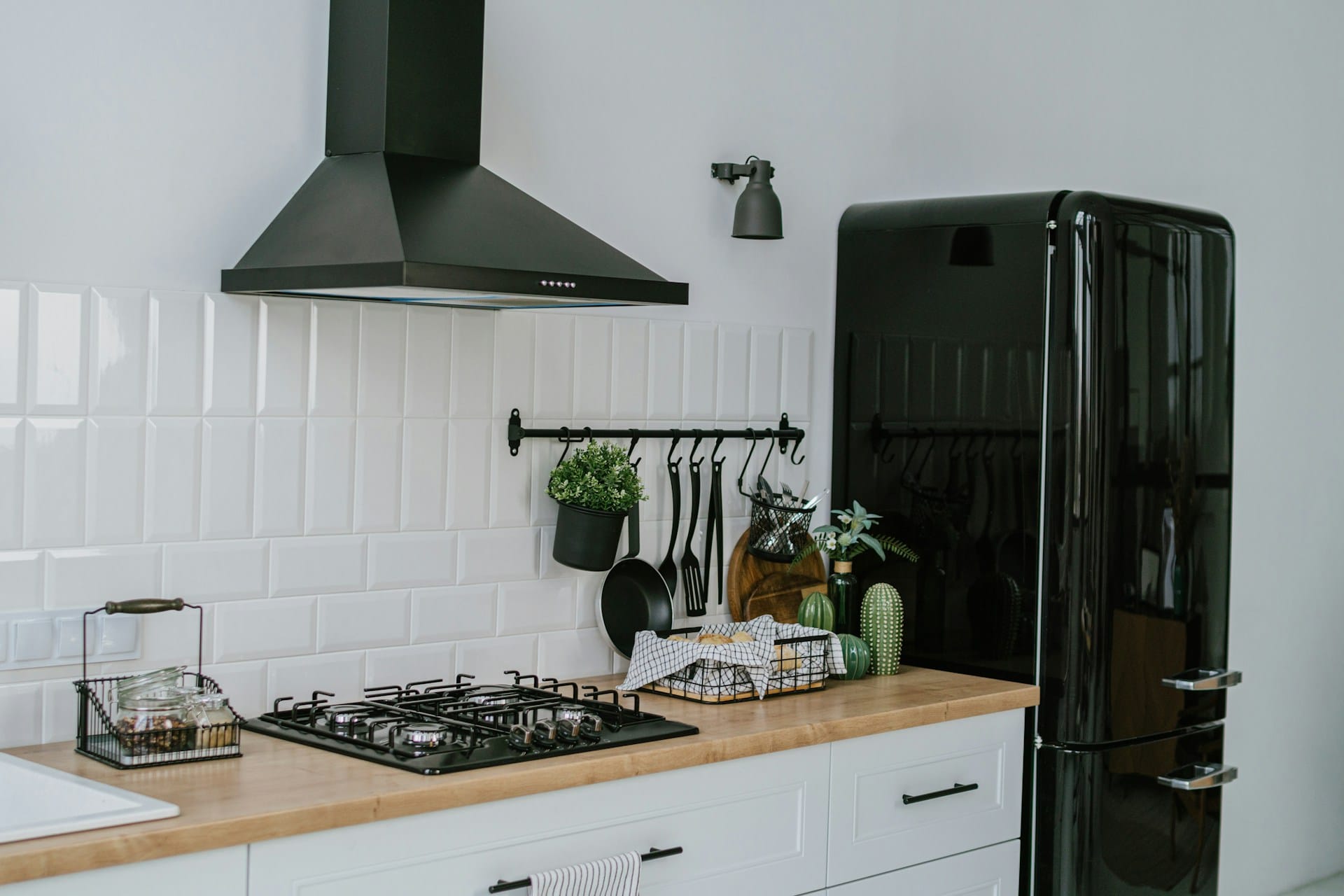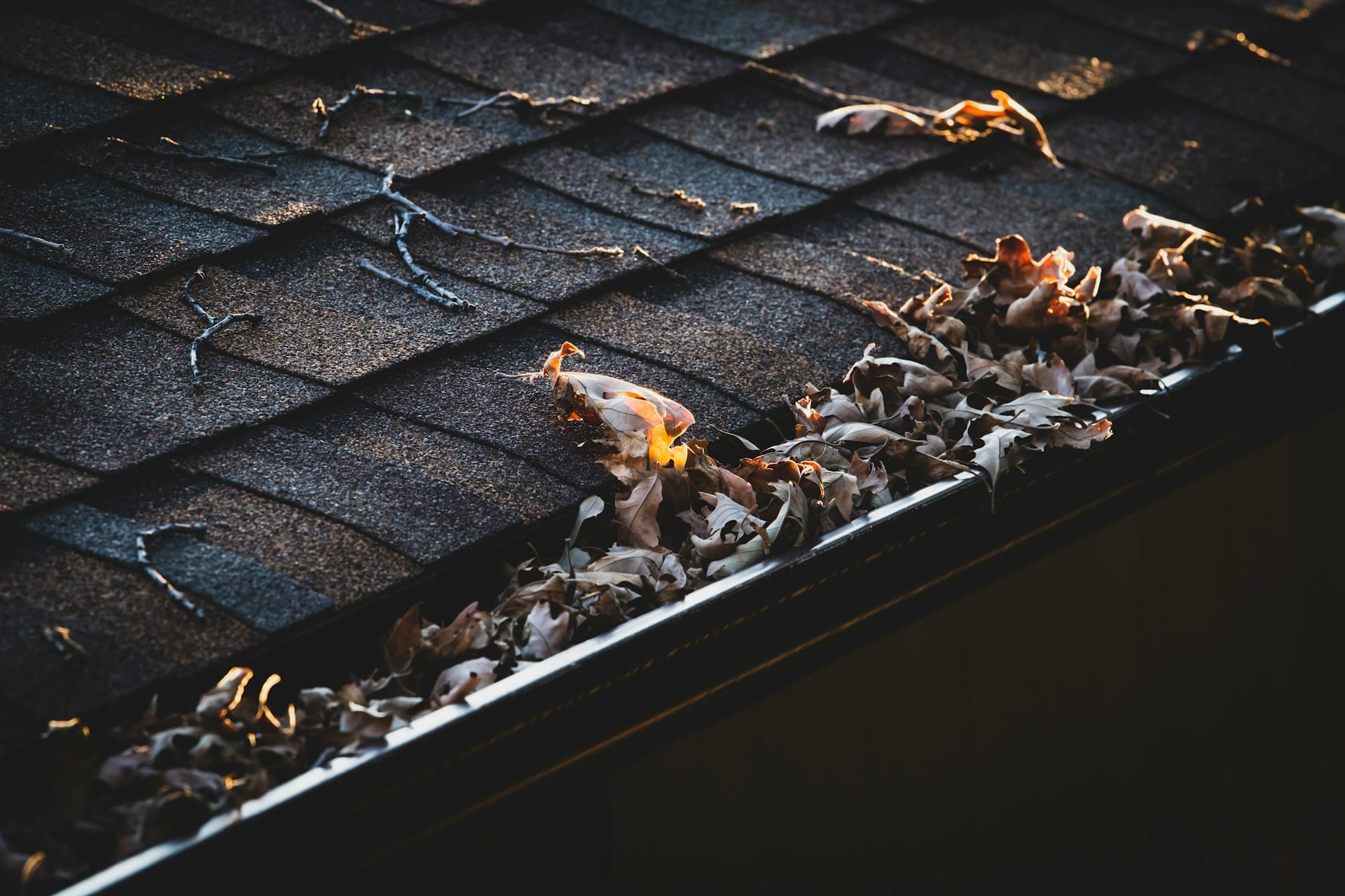Clogged gutters can lead to serious issues for your home, including water damage and foundation problems. To effectively unclog a gutter, start by removing visible debris from the top, then use tools such as a plumber’s snake or a garden hose to clear out stubborn blockages. By addressing these clogs promptly, you can prevent costly repairs down the line.
Understanding the causes of gutter clogs is crucial. Leaves, twigs, and other debris often build up over time, especially in heavily wooded areas. Regular cleaning and maintenance can significantly reduce the frequency of clogs, keeping your gutters functioning properly.
In this article, you will discover practical methods for unclogging gutters, ensuring your home remains protected from potential water damage. Prepare to take charge of your home’s maintenance and keep your gutters clear and efficient.
Understanding Gutter Clogs
Gutter clogs can lead to significant issues for homeowners, from water overflow to potential structural damage. Recognizing the common causes of these clogs and understanding their impacts is crucial for maintaining a functional gutter system.
Common Causes of Clogs
One of the primary reasons for gutter clogs is the accumulation of leaves. As autumn approaches, fallen leaves can gather, creating blockages that restrict water flow.
Another contributor is dirt and debris that accumulates over time. This buildup can occur due to wind or rain, which carries particles into the gutter system. Additionally, the organic matter from plants attracts insects and can foster mold growth, worsening the clog.
If you don’t regularly clean your gutters, these materials can mix and solidify, making it difficult to remove. This situation can escalate quickly and lead to overflowing gutters during heavy rains, causing water damage to your home.
Impact of Neglected Gutters
Neglecting your gutters can have several negative consequences. Clogged gutters can cause water to overflow and pool around your home’s foundation, potentially leading to foundation issues.
Moreover, stagnant water in gutters can attract pests, such as mosquitoes, increasing the risk of infestations. These conditions not only create an unsightly mess but can also degrade your home’s curb appeal.
Water damage caused by overflowing gutters may impact your roof, leading to costly repairs. By performing routine maintenance, you can avoid these issues and ensure your gutters function effectively to protect your home.
Safety Preparations
Before starting the gutter unclogging process, it’s important to prioritize safety. Proper equipment, attire, and assessing your work area are essential steps to ensure a safe and effective experience.
Proper Equipment and Attire
Wearing the right attire is crucial for your safety while cleaning gutters. Opt for sturdy, non-slip shoes to prevent falls. Consider using gloves to protect your hands from sharp debris and potential contaminants. A safety helmet may also be wise, especially if you’re working under trees or where debris may fall.
Ensure you use a stable ladder rated for the weight it will bear, and always place it on a flat surface. For added safety, utilize a ladder stabilizer to prevent tipping. Using a roof harness can also enhance safety when working on slopes. Having a safety whistle is a practical addition; it can alert others in case of an emergency.
Assessing the Work Area
Before you begin, evaluate the area around your gutters for potential hazards. Check for loose branches, power lines, or slippery surfaces to minimize risks. If you notice overhanging limbs, trim them back to create a safer workspace. Also, inspect the ground for obstacles that could trip you during the task.
You should consider weather conditions as well. Working in dry conditions is safer than during wet or windy weather, which can increase the risk of accidents. Remove any debris from the ground below to create a clear landing area if you were to fall. Finally, ensure that children and pets stay away from the work area for their safety.
Manual Gutter Cleaning Techniques
For effective gutter cleaning, you can use hands-on methods that allow you to remove debris efficiently. Manual techniques are essential, especially for stubborn clogs.
Hand Clearing Method
The hand clearing method is a straightforward and effective way to clean your gutters. Start by wearing gloves to protect your hands from sharp objects and debris. Use a sturdy ladder to access the gutters safely.
Once you are in position, inspect the gutter for leaves, twigs, and other blockages. Remove the debris by hand, making sure to discard it in a bucket or bag for easy cleanup. Pay special attention to downspouts as clogs often form there.
After clearing, flush the gutter with water using a hose. This step ensures any remaining dirt is washed away. Regularly practicing this method can help maintain clear gutters.
Using a Gutter Scoop
A gutter scoop is a specialized tool designed to assist in cleaning your gutters. It helps you reach deep into the gutter to extract compacted debris effectively. When using a gutter scoop, start at the farthest end of the gutter and work toward the downspout.
Position the scoop at the base of the gutter’s curve to gather debris without spilling it. Move the scoop back and forth gently to detach stubborn clogs. Place the debris into a bucket for easy removal.
After you’ve cleared the gutters, use a hose to rinse any remaining dirt and ensure proper water flow. This tool enhances your efficiency and makes the cleaning process streamlined, allowing you to clean your gutter more thoroughly.
Advanced Gutter Cleaning Tools
When tackling clogged gutters, using advanced tools can make the process significantly easier and more efficient. Several specialized options can help you effectively clear away debris, ensuring your gutters remain functional and free-flowing.
Power Washer vs. Pressure Washer
Both power washers and pressure washers are effective for gutter cleaning, but they have distinct differences. A power washer uses heated water, making it suitable for removing tough buildup and grime. It’s particularly useful when you face stubborn dirt that hasn’t been cleared in a long time.
On the other hand, a pressure washer relies solely on high-pressure water jets. It is ideal for lighter cleaning tasks, like blasting away leaves and dirt. For optimal use, ensure the nozzle is adjusted correctly to avoid damaging gutters. Always maintain a safe distance, typically between 18 to 24 inches, to protect the gutter surfaces.
Effective Use of a Leaf Blower
A leaf blower is a versatile tool that can quickly clear debris from gutters. When using a leaf blower, choose one with a focused nozzle attachment for better efficiency.
Position yourself at a safe distance from the gutter edge to prevent damage. Angle the blower to direct debris toward an open area for easy cleanup. It’s effective for removing leaves, twigs, and small dirt particles. However, avoid using it in wet conditions as it may scatter mud and worsen the clog.
How to Operate a Shop Vac
Using a shop vac can be an effective method for clearing clogged gutters, especially for debris that’s accumulated over time. Start by attaching the appropriate nozzle for suctioning debris.
Position the shop vac at the base of the gutter. Use an extension wand if necessary to reach higher areas without climbing. After it’s set up, turn on the shop vac and slowly guide the nozzle along the gutter line, sucking up leaves and dirt.
For optimal results, consider adding a filter that can trap finer particles. Regular maintenance with a shop vac can prevent clogs from forming, keeping your gutters in good condition year-round.
Unclogging the Downspout
Maintaining the flow of water through your downspout is crucial for effective gutter performance. If it becomes clogged, two effective methods to consider are utilizing a drain snake and flushing with high water pressure.
Guidelines for Drain Snake Usage
Using a drain snake is an efficient way to clear clogs within your downspout. Begin by selecting a flexible plumbing snake that can navigate the bends of your downspout.
- Preparation: Ensure you have gloves and safety goggles to protect yourself.
- Insertion: Feed the snake into the downspout carefully. Make sure it reaches the clog.
- Operation: Crank the handle to break up debris. This typically includes leaves, dirt, or other obstructions.
Keep in mind: A drain snake with a corkscrew end can be particularly effective for pulling out tougher clogs. If resistance occurs, feel free to pull back slightly and reinsert to tackle the blockage from different angles.
Flushing with Water Pressure
Using water pressure is another reliable solution. This method effectively dislodges clogs without heavy tools.
- Equipment: Attach a hose to your outdoor water source capable of delivering a strong stream, typically with a pressure of at least 40-60 PSI.
- Flushing: Insert the hose directly into the downspout. Turn on the water and allow it to flow through the pipe. The force of the water will help to clear minor clogs.
Tip: If your downspout remains clogged, consider increasing the water pressure gradually, but avoid excessive force that could damage the system. Flush until you see clear water exiting at the bottom. This method is effective and minimizes cleanup efforts, ensuring optimal water flow through your gutter downspout.
Aftercare and Maintenance Advice
Maintaining your gutters is essential for proper drainage and preventing future clogs. Regular inspection and preventive measures will extend the life of your gutter system and reduce maintenance costs.
Routine Gutter Inspection
Inspect your gutters at least twice a year, ideally in the spring and fall. Look for signs of blockage, sagging, or rust. Pay attention to the downspouts, as they can easily become clogged with leaves and debris.
When performing your inspection, use a sturdy ladder and wear gloves for safety. Check for any leaks or damage to the seams and joints. Ensure that water flows freely through the downspouts during intense rain.
If you notice persistent issues, consider consulting a professional for advice. They can assess the condition of your gutters and recommend appropriate maintenance services.
Preventative Measures
Taking proactive steps will significantly reduce the risk of clogged gutters. Installing gutter guards can help keep debris out while allowing water to flow through. Regularly trimming nearby trees and shrubs will also minimize leaf buildup.
Consider scheduling routine professional maintenance. Services like gutter cleaning and inspection can catch potential problems early, ensuring your system functions well year-round.
Utilizing a comprehensive home maintenance service can simplify upkeep for all your home systems. This reduces the need for multiple providers and helps you focus on preventive care, extending the life of your gutter system.
By implementing these measures, you can effectively maintain healthy gutters and safeguard your home from water damage.
Frequently Asked Questions
When it comes to unclogging gutters, there are specific tools and techniques that can help. Understanding how to safely remove blockages and maintain your gutters is essential for preventing future issues. Here are some frequently asked questions that can guide you through the process.
What tools are necessary for safely clearing out gutter blockages?
To clear out gutter blockages, you will need a few essential tools. A sturdy ladder, gloves, a small trowel or scoop, and a bucket for debris collection are vital. You may also consider a garden hose or a pressure washer for additional cleaning power.
Can downspout blockages be effectively removed from the ground?
Yes, downspout blockages can often be removed from the ground. Using a hose with a special nozzle can send water directly into the downspout to dislodge clogs. Additionally, tapping or gently smacking the downspout may help loosen stubborn blockages.
What method can be used to clean an underground clogged gutter drain?
Cleaning an underground clogged gutter drain typically involves using a plumbing snake or auger to break up the clog. You can also use a high-pressure water jetting service to clear out debris effectively without damaging the pipes.
Who should be contacted for professional gutter clog removal?
If you encounter persistent clogs or are unable to clear them safely, it is best to contact a professional gutter cleaning service. They possess the right tools and expertise to handle difficult blockages effectively.
Is it safe to use chemical cleaners for gutter and downspout clogs?
While some chemical cleaners are available for unclogging gutters, they can be harmful to your roofing and the environment. It is advisable to rely on mechanical methods or eco-friendly alternatives to avoid potential damage.
How should one properly maintain gutters to prevent clogs?
To maintain gutters and prevent clogs, regular cleaning is essential. Aim to clean your gutters at least twice a year, especially after heavy storms or during the fall when leaves accumulate. Installing gutter guards can also reduce debris buildup and simplify maintenance.












